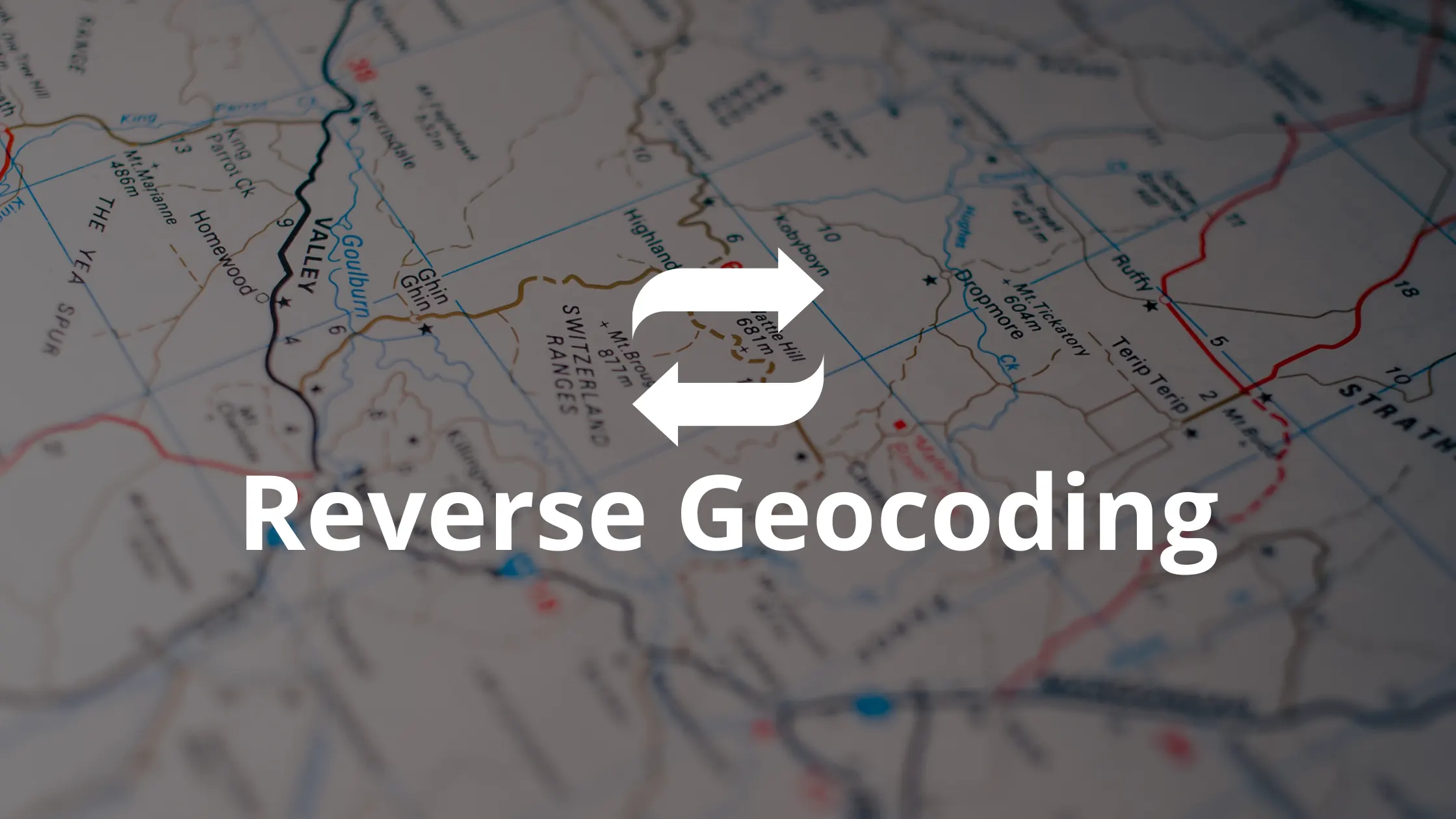Unlock the Power of Spatial Data with Accurate Address Geocoding and Reverse Geocoding Services

Key Takeaways:
- Geocoding is essential for translating addresses into geographic coordinates, offering a foundation for advanced spatial data analysis.
- Accurate geocoding services benefit businesses and government agencies by providing insights for informed decision-making and improved operational efficiency.
- Reverse geocoding enhances user interaction with mapping applications by converting coordinates back into readable addresses.
- Selecting a suitable geocoding service provider is crucial, considering factors like accuracy, coverage, and cost-effectiveness, to maximize the benefits of geocoding technology.
In today’s data-driven world, geocoding converts addresses into geographic coordinates, crucial for unlocking spatial data’s potential. Accurate geocoding services empower businesses, government agencies, and industries to derive actionable insights and make informed decisions.
This article explores the significance of precise geocoding, its applications, and how it maximizes spatial data value for enhanced decision-making and operational efficiency.
Understanding Address GeoCoding
In GIS and spatial data analysis, address geocoding is essential for transforming textual information into geographical coordinates. It involves a systematic process of parsing, matching, and generating coordinates. Parsing identifies and structures address components such as street name, city, state, and postal code while matching aims to find the best spatial location considering spelling variation and proximity to landmarks.
Address geocoding has diverse applications. In urban planning and transportation management, it facilitates analysis of land use patterns, traffic flow, and public transit accessibility. In retail marketing, it enables businesses to target customers based on geographic location, demographics, and purchasing behavior.
Exploring Reverse GeoCoding

Benefits of Accurate Geocoding Services
Precise Spatial Data Visualization: Accurate geocoding enables the integration of location-based information into GIS platforms and mapping applications, enhancing spatial data visualization and analysis.
Less Waste of Resources, Time, and Money: By leveraging geocoding technology to optimize logistic routes, field operations, and service delivery organizations can achieve significant cost savings and enhance productivity.
Operational Efficiency: Geocoding automates address conversion processes, streamlining data management workflows, minimizing errors, and saving valuable time and resources.
Enhanced Customer Experiences: Mapping and navigation applications utilize geocoding data to deliver precise location information, real-time traffic updates, and personalized recommendations to users, ultimately enhancing customer satisfaction.
Targeted Marketing and Promotions: Geocoding empowers businesses to target market segments effectively, offer location-based promotions, and deliver personalized advertising tailored to the preferences and needs of their customers.
Choosing the Right Geocoding Service Provider
Selecting the right geocoding service is essential for organizations to harness the benefits of accurate address geocoding and reverse geocoding services.
Accuracy and Coverage: Evaluate the accuracy and coverage of the geocoding service provider’s data. Seek providers that offer extensive coverage of geographic regions and uphold rigorous standards for data accuracy and currency.
Scalability and Performance: Assess the scalability and performance capabilities of the geocoding service provider’s infrastructure. Select a provider capable of scaling to accommodate your current and future needs while maintaining optimal performance levels.
Features and Functionality: Examine the features and functionality provided by the geocoding service provider’s API or software platform. Prioritize capabilities such as batch geocoding, reverse geocoding, address validation, and robust error-handling mechanisms.
Cost and Price Structure: Compare the cost and pricing structures of various geocoding service providers. Consider factors such as subscription fees, usage-based pricing models, and potential volume discounts to determine the most cost-effective option for your organization.
Reputation and Reviews: Research the reputation and reviews of the geocoding service provider within the industry and among its users. Gather feedback from peers, colleagues, and online communities with experience using the provider’s service to gain insights into their reliability, performance, and customer support.
